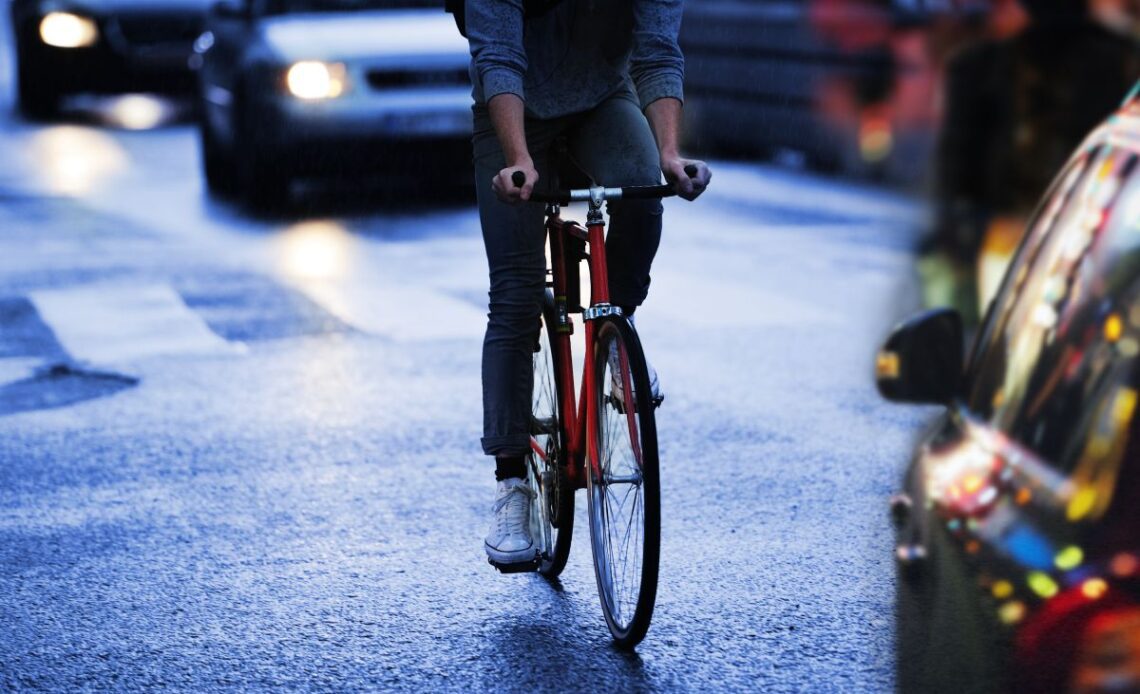Self-driving cars need to learn the “language of cyclists” if roads are going to be safe, researchers from the University of Glasgow have said.
The team of human-computer interaction specialists have written a paper titled ‘Keep it Real: Investigating Driver-Cyclist Interaction in Real-World Traffic’, which suggests that more needs to be done in order to protect cyclists if self-driving cars [autonomous vehicles, or AVs] become more common.
“There has been a lot of research in recent years on building safety features into autonomous vehicles to help keep pedestrians safe, but comparatively little on how AVs can safely share the road with cyclists,” Professor Stephen Brewster, of the University of Glasgow’s School of Computing Science, who led the research, said.
“That’s a cause for concern as AVs become more commonplace on the roads. While pedestrians tend to meet AVs in highly controlled situations like road crossings, cyclists ride alongside cars for prolonged periods and rely on two-way interactions with drivers to determine each other’s intentions.”
“It’s a much more complicated set of behaviours, which makes it a big challenge for future generations of AVs to tackle,” he continued. “Currently, self-driving cars currently offer very little direct feedback to cyclists to help them make critically important decisions like whether it’s safe to overtake or to switch lanes. Adding any guesswork to the delicate negotiations between car and bike has the potential to make the roads less safe.”
The team came up with a series of recommendations from their study, which start with the fact that for AVs to work safely “they must behave appropriately and understand human communications”.
One sci-fi solution is for cyclists to wear “smart glasses” which AVs could communicate directly to, but this would obviously place the onus on the cyclist and not the car or its driver. According to the researchers ‘multiple interconnected interfaces working as part of a single holistic interface’ could mean that “AVs could send direct messages to cyclists wearing interfaces such as AR [augmented reality] glasses.”
Self-driving cars could also better signal their intentions with displays integrated onto their exteriors, the paper suggests, giving information like their intention to turn, slow or accelerate.
The paper does, though, warn that designers of any car-to-rider ‘interfaces’ should “avoid overwhelming cyclists with unnecessary information, especially in…

